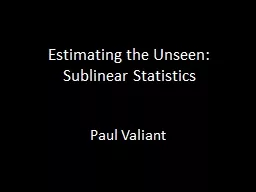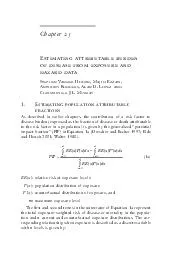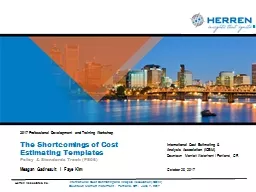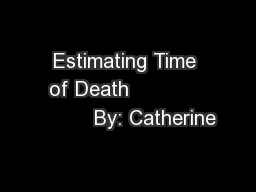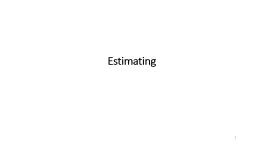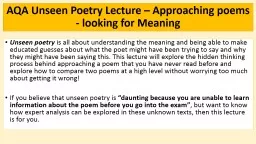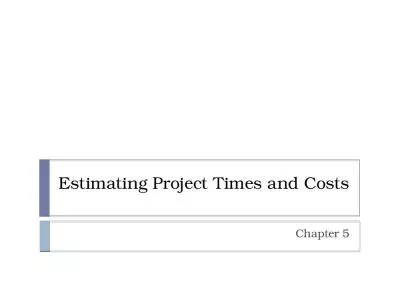PPT-Estimating the Unseen:
Author : trish-goza | Published Date : 2017-01-26
Sublinear Statistics Paul Valiant Fishers Butterflies Turings Enigma Codewords How many new species if I observe for another period Probability mass of unseen
Presentation Embed Code
Download Presentation
Download Presentation The PPT/PDF document "Estimating the Unseen:" is the property of its rightful owner. Permission is granted to download and print the materials on this website for personal, non-commercial use only, and to display it on your personal computer provided you do not modify the materials and that you retain all copyright notices contained in the materials. By downloading content from our website, you accept the terms of this agreement.
Estimating the Unseen:: Transcript
Download Rules Of Document
"Estimating the Unseen:"The content belongs to its owner. You may download and print it for personal use, without modification, and keep all copyright notices. By downloading, you agree to these terms.
Related Documents

